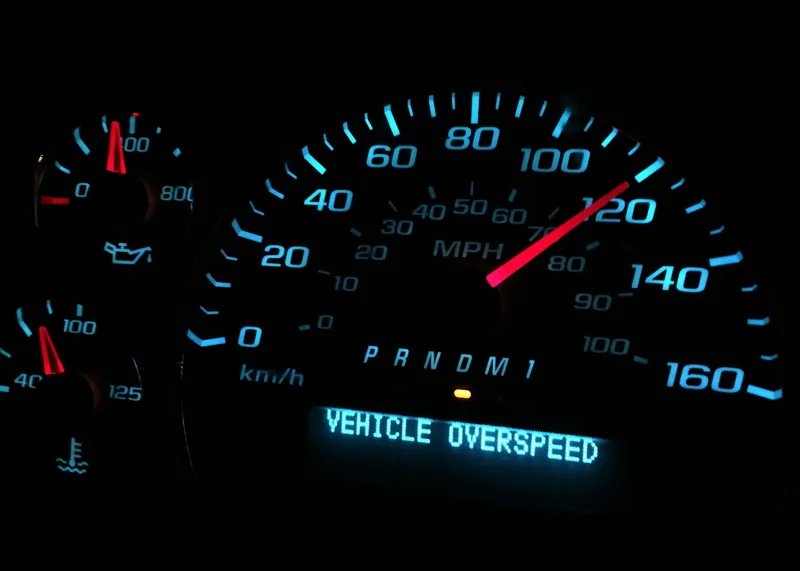Four cities in New Zealand are collaborating with the
The scheme begins in Auckland, Tauranga, Christchurch, and Dunedin later this month and is a development of the successful highways programme that has used crash data and risk mapping to identify where road funds are best spent to save lives since 2005, reports the Sun Live news website.
Since the highways programme was introduced, serious highway accidents have been reduced by 22 per cent, says NZTA chief safety advisor Colin Brodie.
The urban kiwiRAP programme will use the information to produce colour-coded maps illustrating the relative level of risk on sections of the city's road network, says Brodie.
The main part of the public launch is to provide the completed risk maps. Two terminologies are used in relation to the risk methods used to produce these maps; collective risk and personal risk.
Collective risk measures the number of high-severity crashes that happen per kilometre of road or at a particular intersection each year. Personal risk assesses the likelihood of individual road users being involved in a crash as they travel the road, or through a particular intersection.
Urban KiwiRAP will help target risk areas across each city, ensuring available funding is directed to areas where it will have the biggest impact.
The project provides a tool to identify areas that need attention to address high risk concerns. Detailed analysis can verify the authorisation programmes and where future funding should be targeted.
This tool will be used to deliver effective investment in projects, resulting in efficient outcomes, with the maps providing the public with a useful tool to display road safety risks across the cities.
New Zealand launches first road risk mapping scheme
Four cities in New Zealand are collaborating with the New Zealand Transport Agency and Auckland Transport in the urban kiwiRAP programme - a risk assessment process for urban road transport. The scheme begins in Auckland, Tauranga, Christchurch, and Dunedin later this month and is a development of the successful highways programme that has used crash data and risk mapping to identify where road funds are best spent to save lives since 2005, reports the Sun Live news website.
December 12, 2014
Read time: 2 mins








